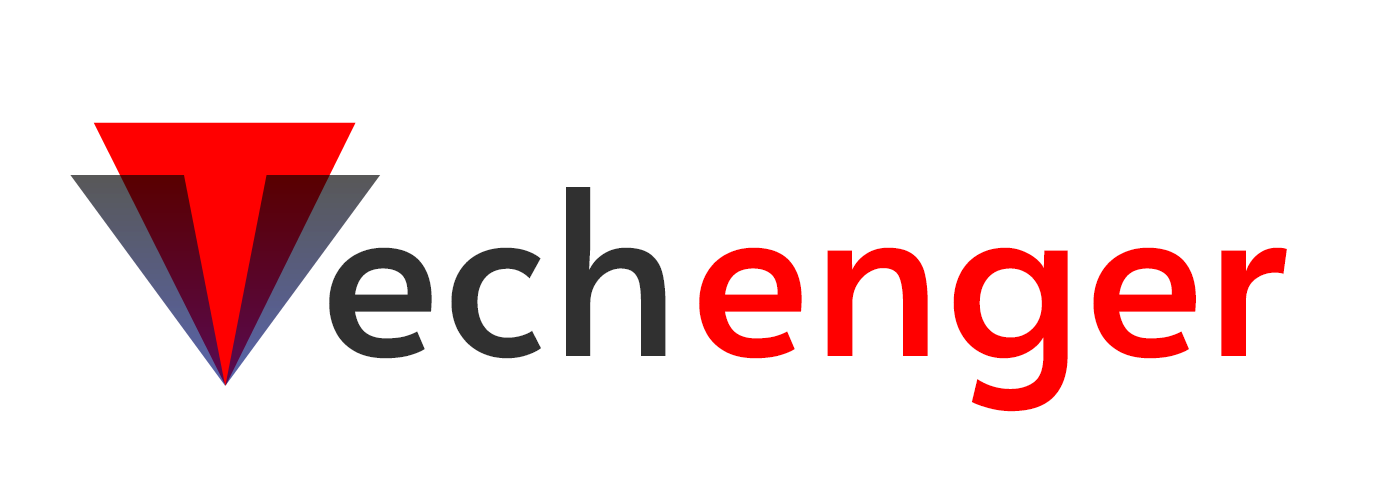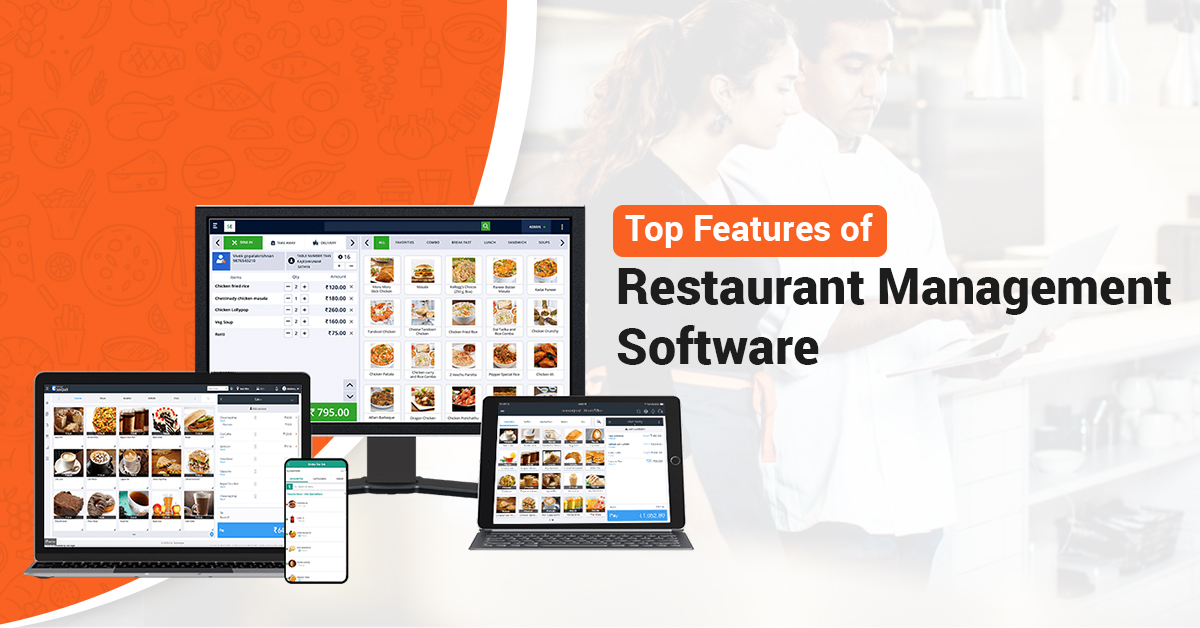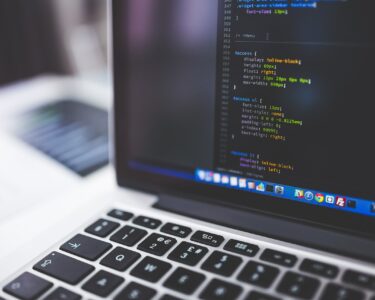Table of Contents
9 Features That Restaurant Management Software Should Have
A diverse menu and sumptuous meals certainly bring the customers to the restaurants. However, retaining customers requires timely order, the best dining experience, and seamless checkout. That’s where most of the restaurants fail. Thankfully, restaurant management software like- Foodiv, Lavu, and other POS helps restaurants address these challenges quickly.
Saying the POS system is a secret recipe for a restaurant’s success is not an overstatement. It’s because restaurant POS play a vital role in streamlining various restaurant operations and making workflow efficient, replacing old-school manual processes. Different restaurant management software is available that eliminates human errors with a distinct set of features.
However, every restaurant management software offers a specific set of functionalities that don’t necessarily meet the unique needs of each restaurant. Despite this variation, each software must have basic features that help fulfil their operation digitalization needs, from small eateries to big restaurant chains.
Look at the essential features that restaurant management software should provide and you should provide.
Nine features that restaurant management software must have
Restaurant businesses of different types and sizes can enjoy the benefits of restaurant management software with a wide range of POS features. The basic features you should look for
Inventory management
The inventory management feature helps restaurants keep control over stock by automatically deducting the items as they are used in food preparation. The real-time view of inventory helps to know low inventory levels proactively so that required items are replenished before they get out of stock.
The precise inventory tracking ensures that neither item is overstocked, thereby minimizing wastage or understocked, which makes chefs fail to prepare food. Integrating supplier information in restaurant inventory management streamlines the ordering process. When big eateries have multiple restaurants in different locations, the feature allows restaurants to manage the inventory of all the restaurants centrally.
Menu setting
Restaurant menus cannot be fixed and presented to customers with static brochures as restaurant menus are changing (New items, customization to menu ingredients, and prices) with evolving customers’ food preferences. The POS menu feature makes it easier to showcase up-to-date menus to the customers.
POS facilitates creating unique menus with different categories, items, descriptions, and prices that can be changed anytime. Also, when things run out of stock, the POS system automatically updates the menu by removing the item.
Order management
The customers do not neglect the errors in taking food orders, delays in orders, and inability to make changes in order. Restaurant management software speeds up food ordering by allowing servers to accept orders digitally through digital menus by selecting items, specifying quantity, and making customization as requested by the customers.
Secondly, orders instantly transmitted to the chefs through KDS enable food preparation within time. Also, direct communication ensures that order customization is rightly taken, thereby reducing possible delays or potential errors. When it’s time for billing, customers in groups want to split checks or combine orders into a single bill- the POS system facilitates all.
Sales tracking
Ultimately, sales define how well the restaurant business is performing. Without tracking sales figures, restaurants cannot track business performance. That’s why sales tracking is essential to know which menu items are selling fast and which are not. It helps understand customers’ ordering trends and make data-driven decisions regarding changes in menu, specials, and marketing strategy.
Transparency in sales data allows restaurateurs to understand whether inventory holding cost for high-selling items makes sense. It also helps keep clear sales records that are essential during sales tax filing.
Reporting
Sifting through multiple paper-based reports is a no-brainer in the digital world. It isn’t easy to organize them all and get insights from them. Restaurant management software provides a range of reports for inventory, sales, customers, promotions, employee performance, profit margins, and more. These reports are auto-generated in a day, week, month, and annually, which helps assess the restaurant’s business performance.
The valuable data helps make informed decisions and optimize operations, which, in turn, allows restaurants to increase their profitability.
Payment processing
The POS system busts the long queues at restaurant checkout corners with a handy POS terminal that allows customers to pay right at their table using any payment options. Customers will get an accurate bill, including the cost of all menu items ordered, taxes, other charges, and tips (optional).
Security measures and encryption ensure that customers can carry out transactions securely and their financial data remains safe. The digital receipts are shared with customers through SMS or email, which helps them maintain a record of transactions.
Reservation management
Sometimes, when there are more reservations than available tables, customers need to wait for a long time, which they don’t like. That’s where checking table availability and making reservations remotely through the restaurant’s app or website is a great solution. POS integration with reservation platforms facilitates online reservations.
This feature allows customers to book reservations ahead of time for special dining experiences, fixed-menu events, or large group bookings. Also, the system can auto-schedule reservations based on available time slots and tables, which, in turn, optimizes table turnover and reduces waiting times.
Marketing tools integration
Customer experience and engagement are the cardinal aspects of marketing campaigns where if restaurants succeed, improved sales and ROI will be waiting at the restaurant’s door. POS systems facilitate the same with various marketing tools integration, such as email marketing, CRM, loyalty, promotion and discount, and reviews management.
Moreover, customer data helps marketers to launch marketing campaigns effectively using strategic marketing plans. It brings a lot of difference in how the restaurant engages customers across various channels and enhances the dining experience.
Technical support
Remember when the legacy system stopped working during peak season, and staff failed to accept and manage orders at your restaurant? It was disastrous. At this time, prompt support from customer support helps in fixing technical issues encountered during restaurant business operations.
The excellent support from restaurant management software like- Foodiv ensures restaurant businesses get the required assistance even during a busy service. Before partnering with POS service providers, explicitly define customer support services needs such as 24/7 availability, instant help from experts, and more.
Wrapping it up
Smooth restaurant business operations require the right restaurant management software packed with essential features. Hundreds of POS systems provide a range of features that cannot be a one-size-fits-all solution for all restaurants of different types and sizes. With the right features, restaurants can meet the digital needs of business operations and processes and work smartly. So, set your restaurant business for success by selecting the right restaurant management software with these essential features.




